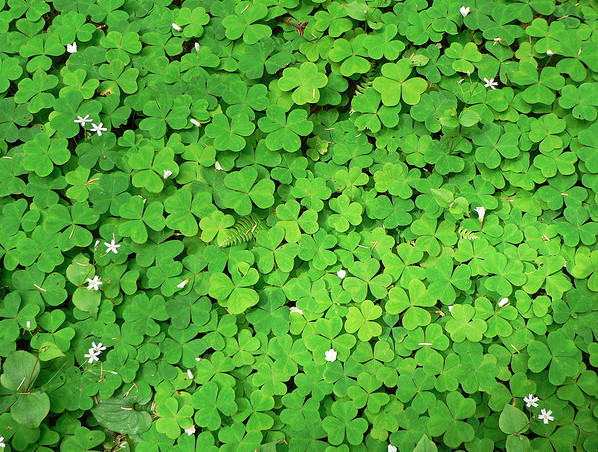

Hilton Head Island, Bluffton, & The Surrounding SC Lowcountry
Blog
Jul 13, 2015

Turf grass covers roughly 47 million acres across the United States. Americans love their lawns! However, a clean, green lawn can be costly to maintain. On average, a household uses 60 gallons of water per day on a conventional lawn. Herbicides and pesticides run off into local water sources and gas-powered mowers release toxic pollutants into the air we breathe. A lot of time is spent seeding, watering, weeding, mulching, and maintaining these bright, green landscapes.
If you’re considering an alternative, you could replace some of your turf with carpet-like ground covers that require little to no water or mowing. These low-maintenance options can reduce the need for constant irrigation, reduce chemical runoff, add depth and texture to your landscaping, and create a space you can actually enjoy rather than spend all your time maintaining it. 
Whether you’re planting a pathway, hedge, or broad swath of green, there’s a ground cover to suit most needs, in all textures in colors — even some with flowers! Some varieties hug the earth and feel soft and lush under bare feet. Others grow to about two feet, making them an ideal barrier or landscape punctuation.
Consider your needs: drought-tolerant, shade-loving, deer-resistant, traffic-durable. Mixing up your options is not only aesthetically appealing, it’s also good for your landscape, increasing resistance to pests and disease and reducing the need for extra fertilizer and pesticides.
Creeping perennials like New Zealand Brass Buttons and Scotch or Irish Moss are close to the ground and create plush, green carpets. They also keep out weeds and allow air, water, and nutrients to get to plant roots. Many work well in rock gardens or in crevices between stepping stones, in full or partial sun. Some, like Blue Star Creeper, which has tiny green foliage, are durable even with heavy foot traffic. Creeping Jenny has an extensive root system, spreads quickly, and is tough to kill. This is a good thing if you want something hardy, but can be problematic if it creeps into places where you don’t want it. Many ground-hugging perennial herbs like chamomile, Corsican mint, and various thymes are often nicely scented, hardy under foot traffic, and even edible.
Creeping perennials cost about $6 to $10 per plant. A 15-foot-by-20-foot area with plants two inches apart requires roughly 300 plants. If you are patient enough to wait at least a year for them to spread, you can buy fewer plants and space them farther apart.
Clover has gotten a bad rap as a weed; but it’s actually not a weed at all. A clover or clover-grass-mix lawn has many advantages. White clover grows in any kind of soil, stays green, is sweet-scented, inexpensive, and durable. Low-growing clover doesn’t need regular mowing, and it doesn’t required fertilizer, but an occasional mow will encourage new growth and discourage bees. If you don’t mind bees, let your clover bloom to benefit the bees and the environment. Clover is one of the least expensive groundcover options, costing about $4 to seed 4,000 square feet.


If you want to make a little piece of The Island your own, you need more than just a road map and a REALTOR. You need a partner who can make things happen.
Lifestyle
Communities
Activities
Home Sales Hit a Record-Setting Rebound
Jul 24, 2020